Chain link fabric Sculpture
Indoor-Installations
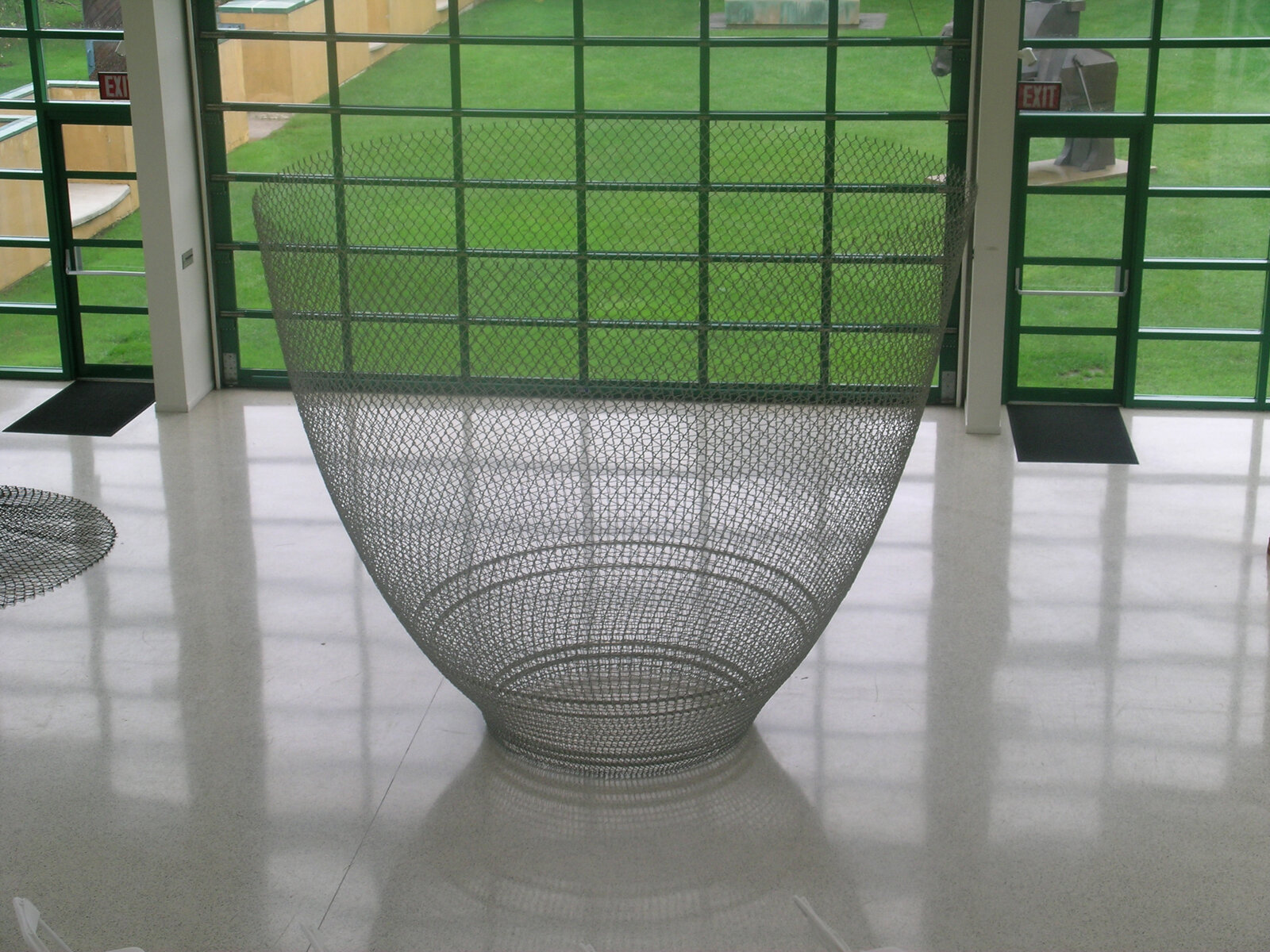
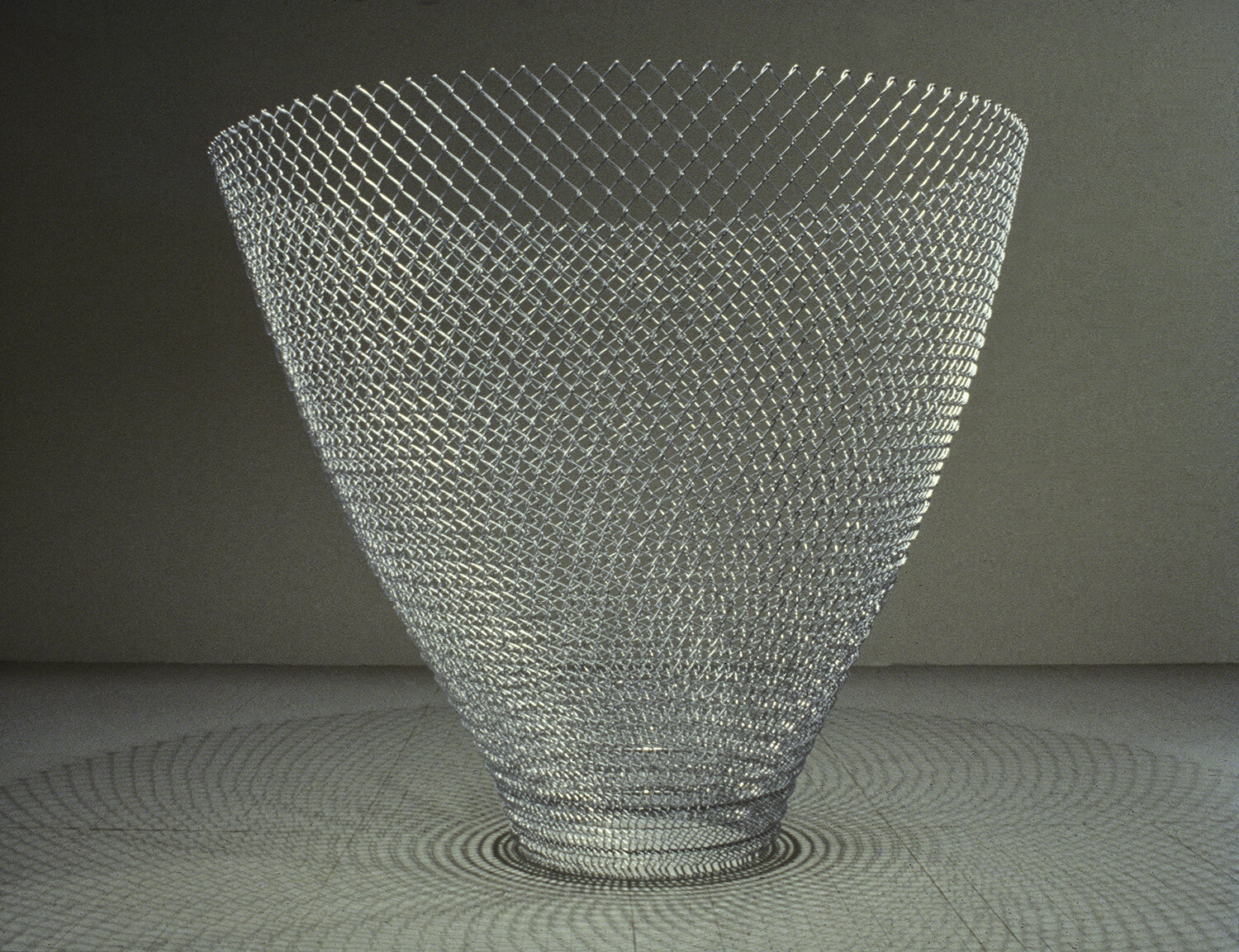

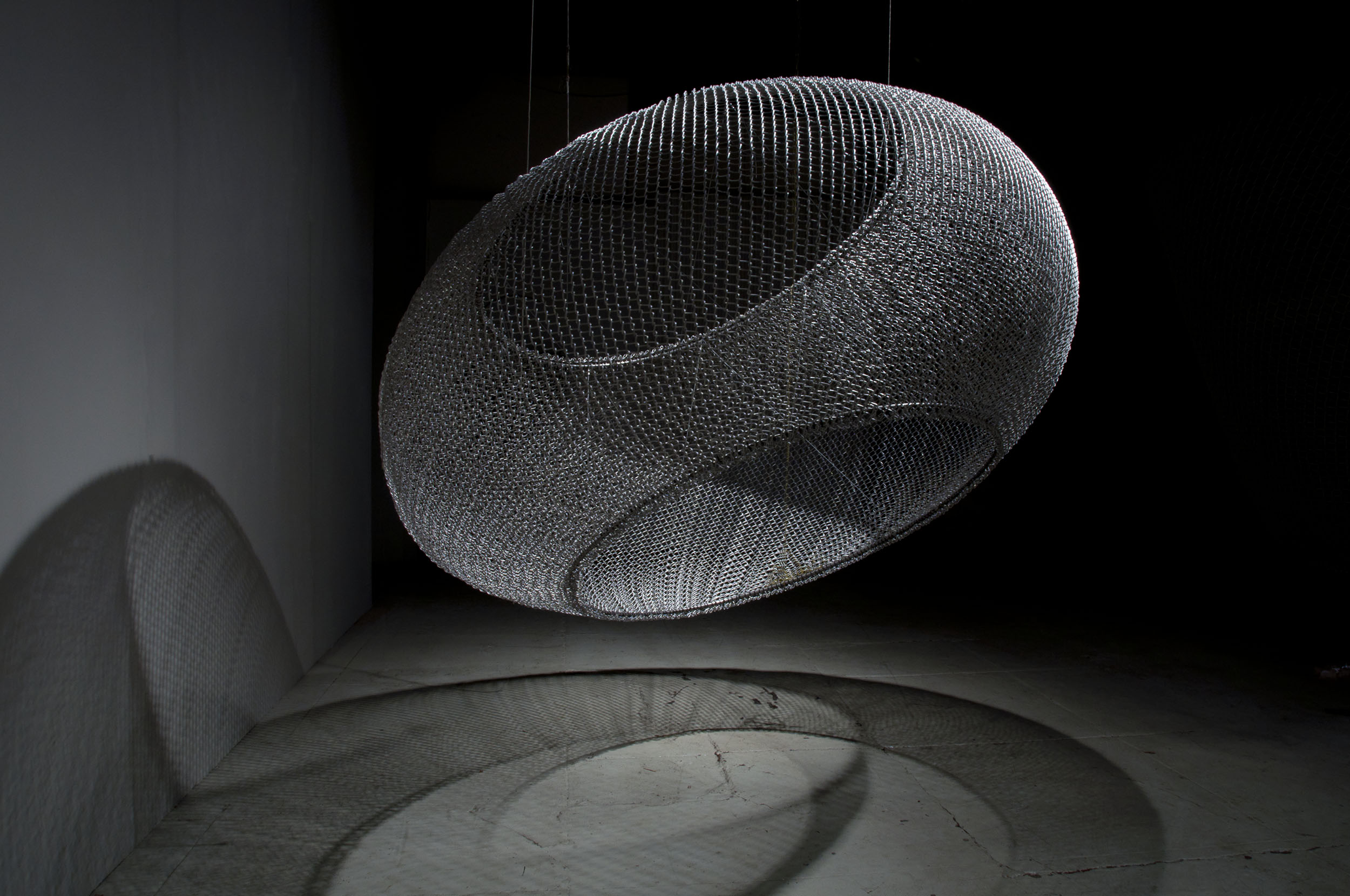
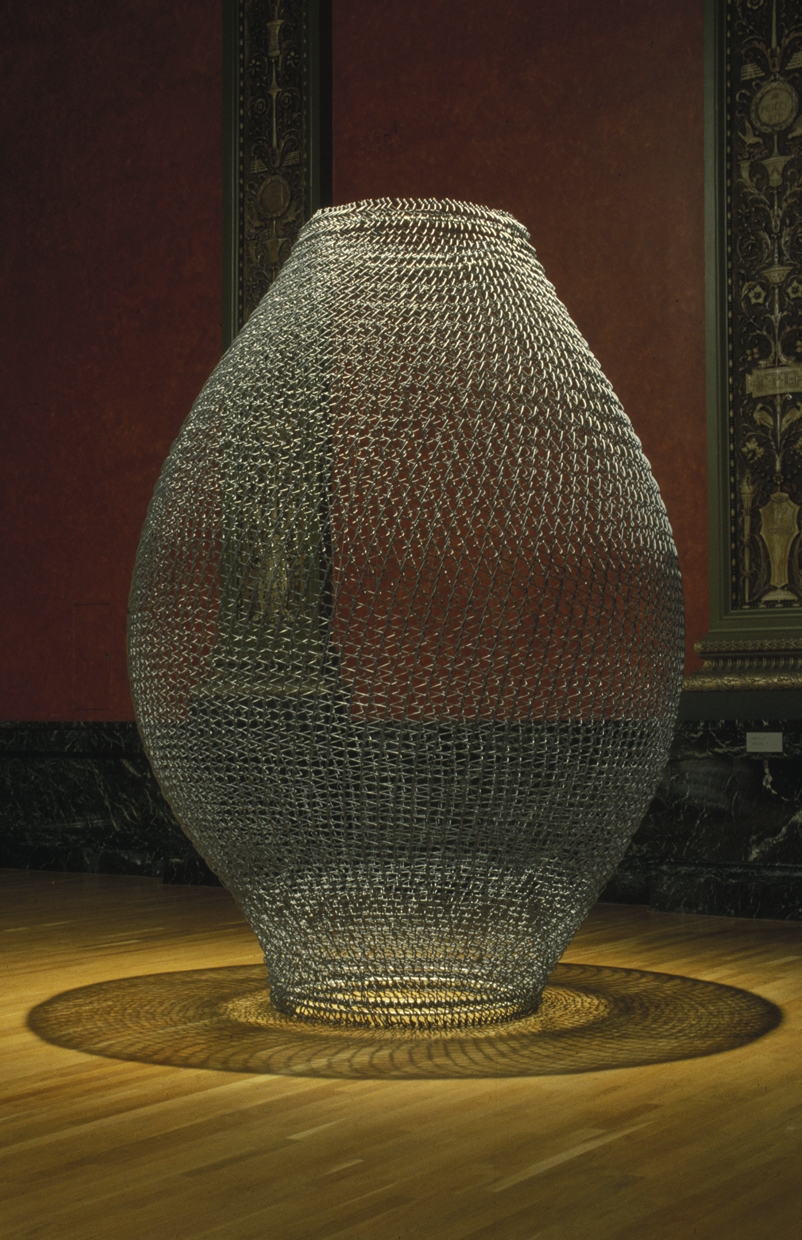

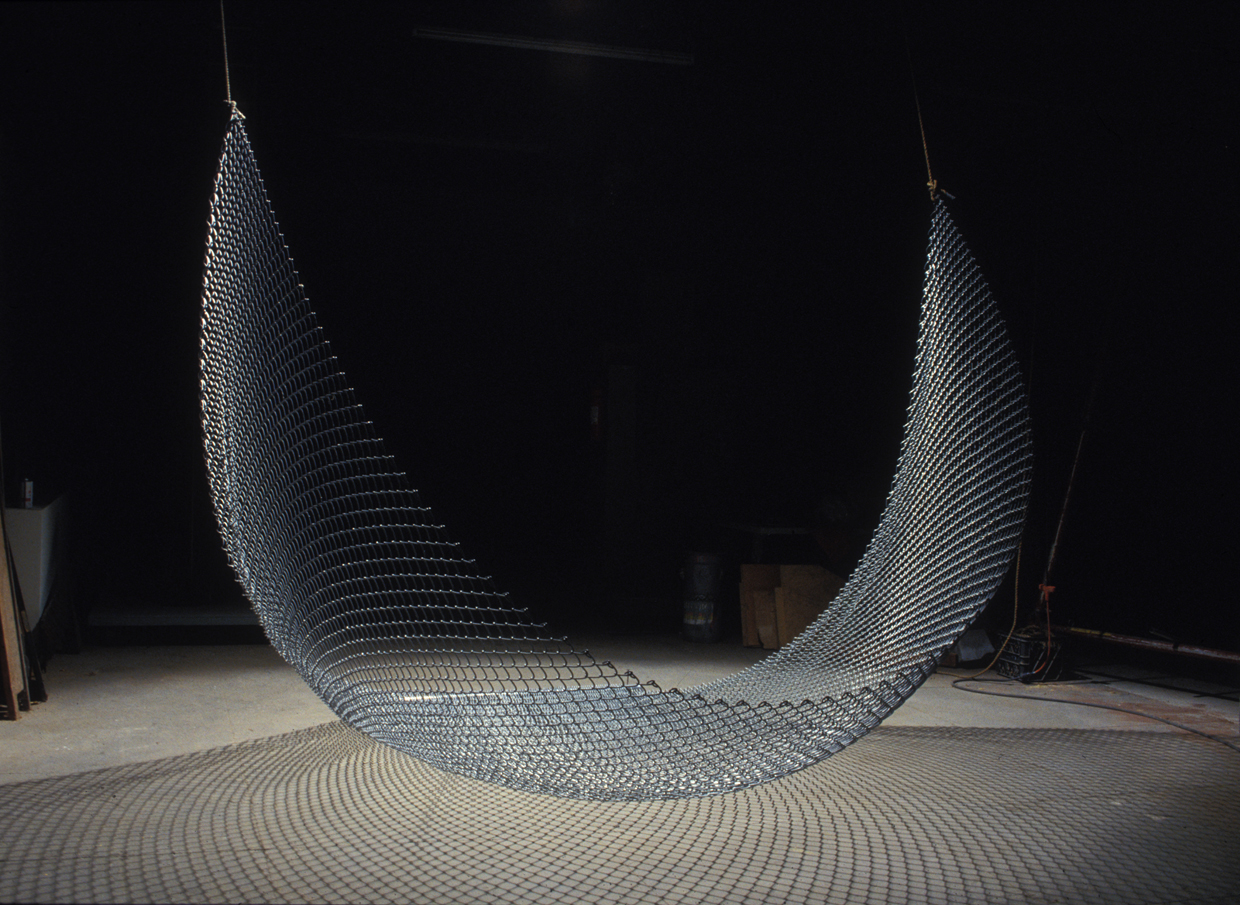
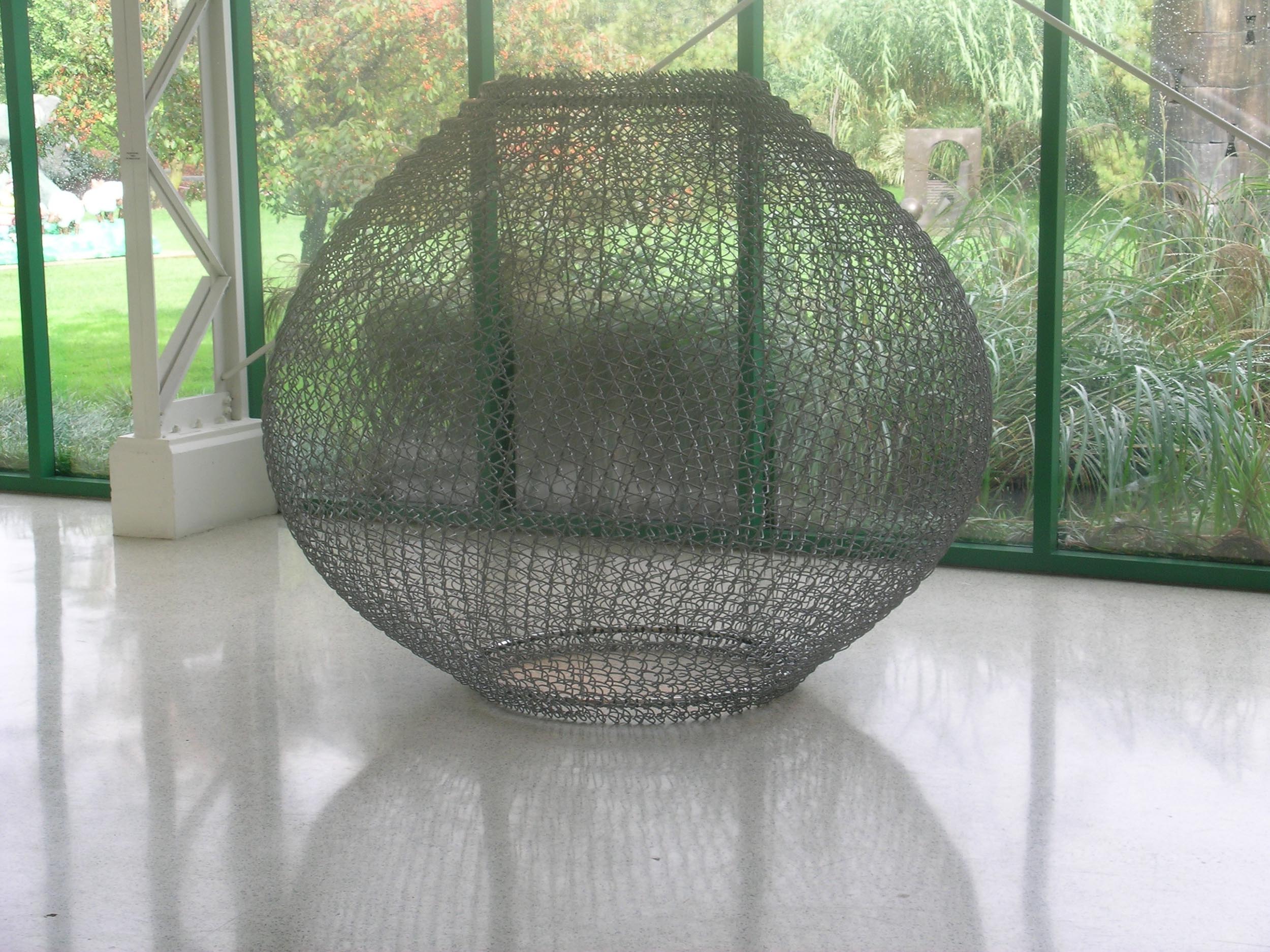
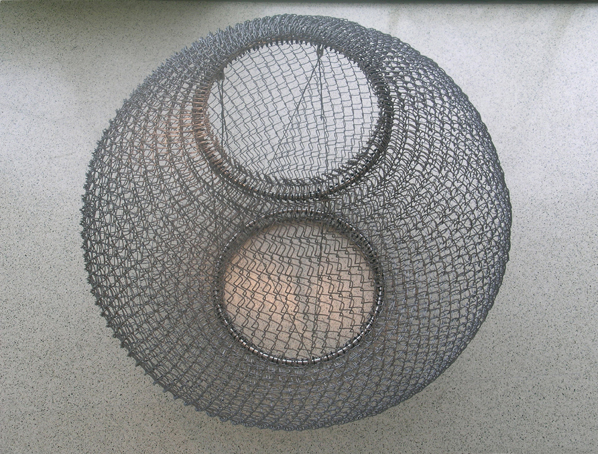

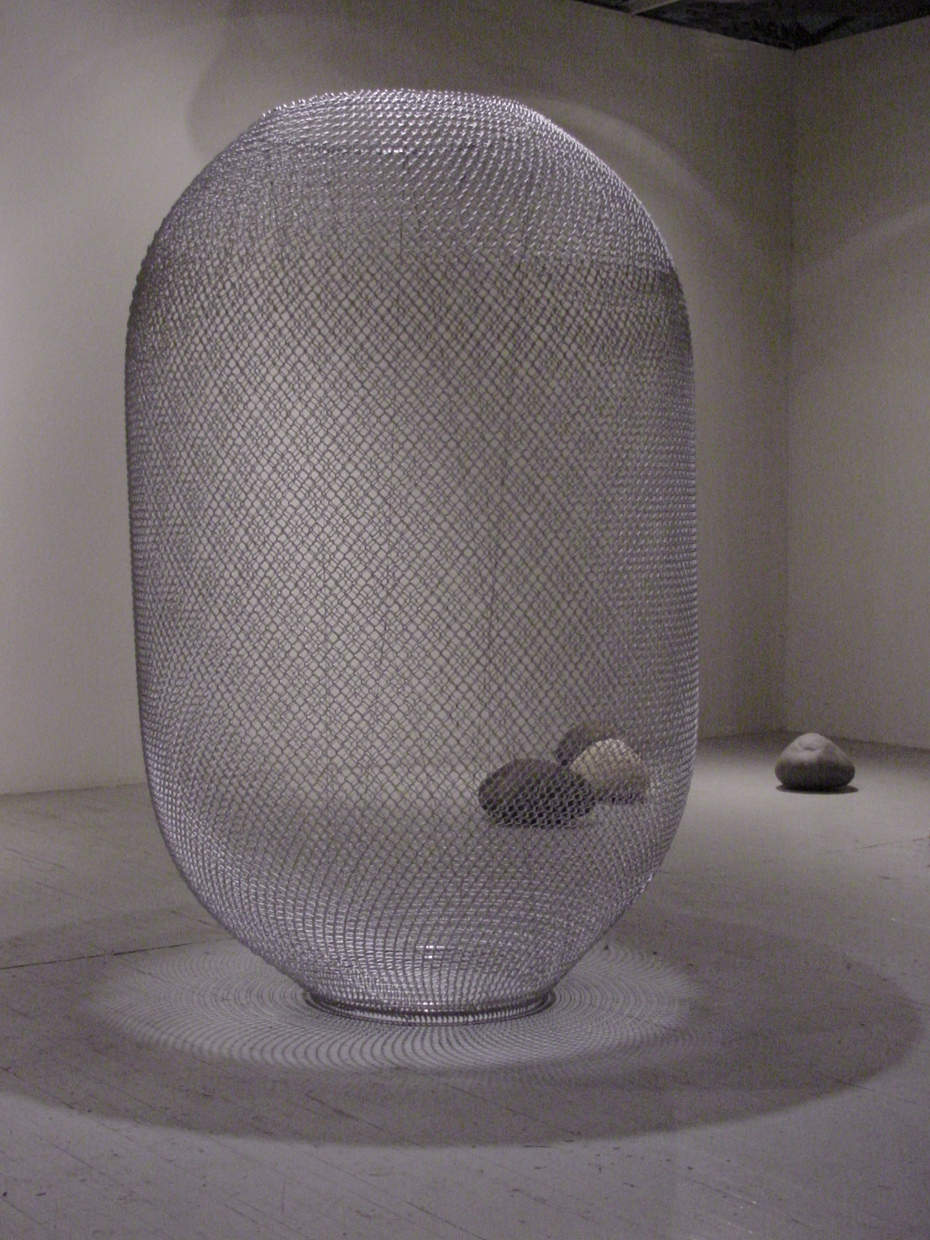
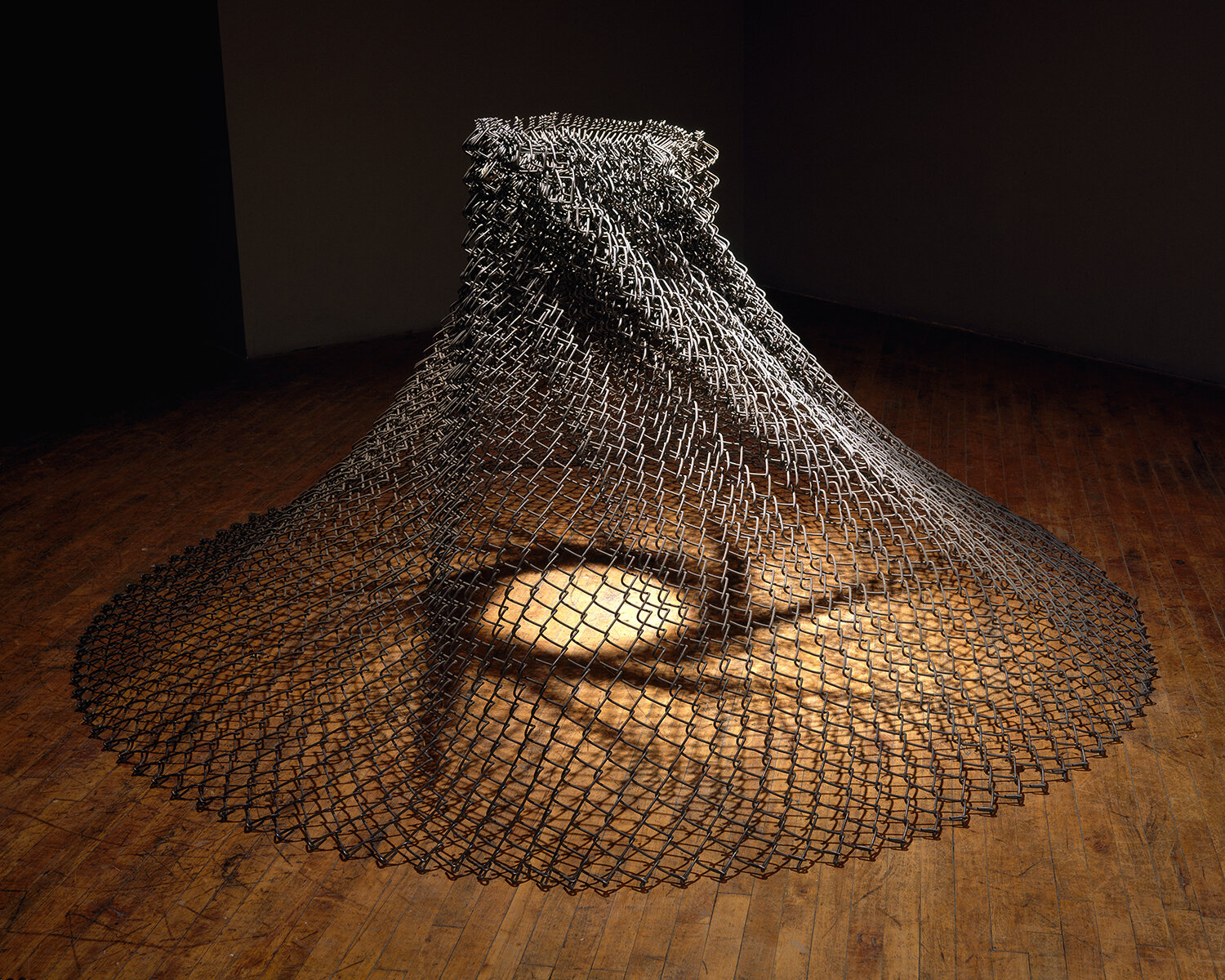
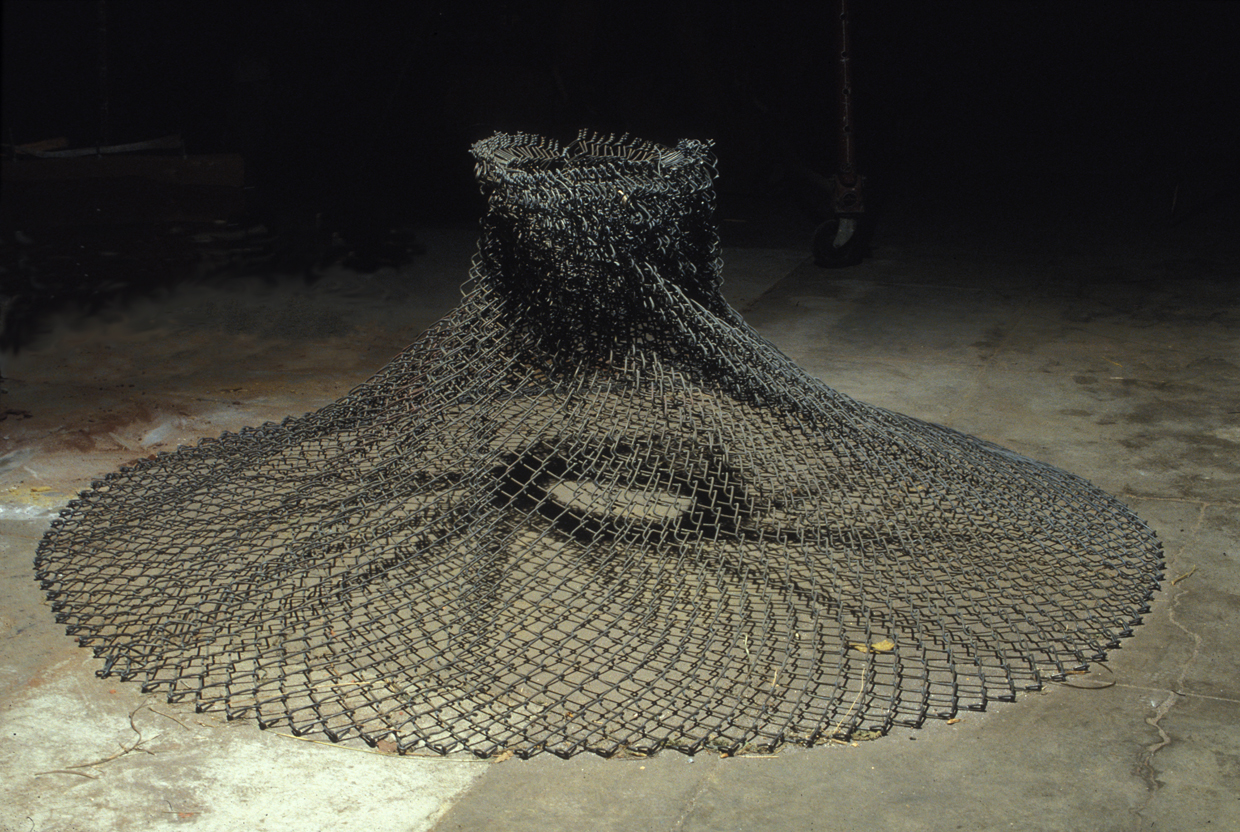
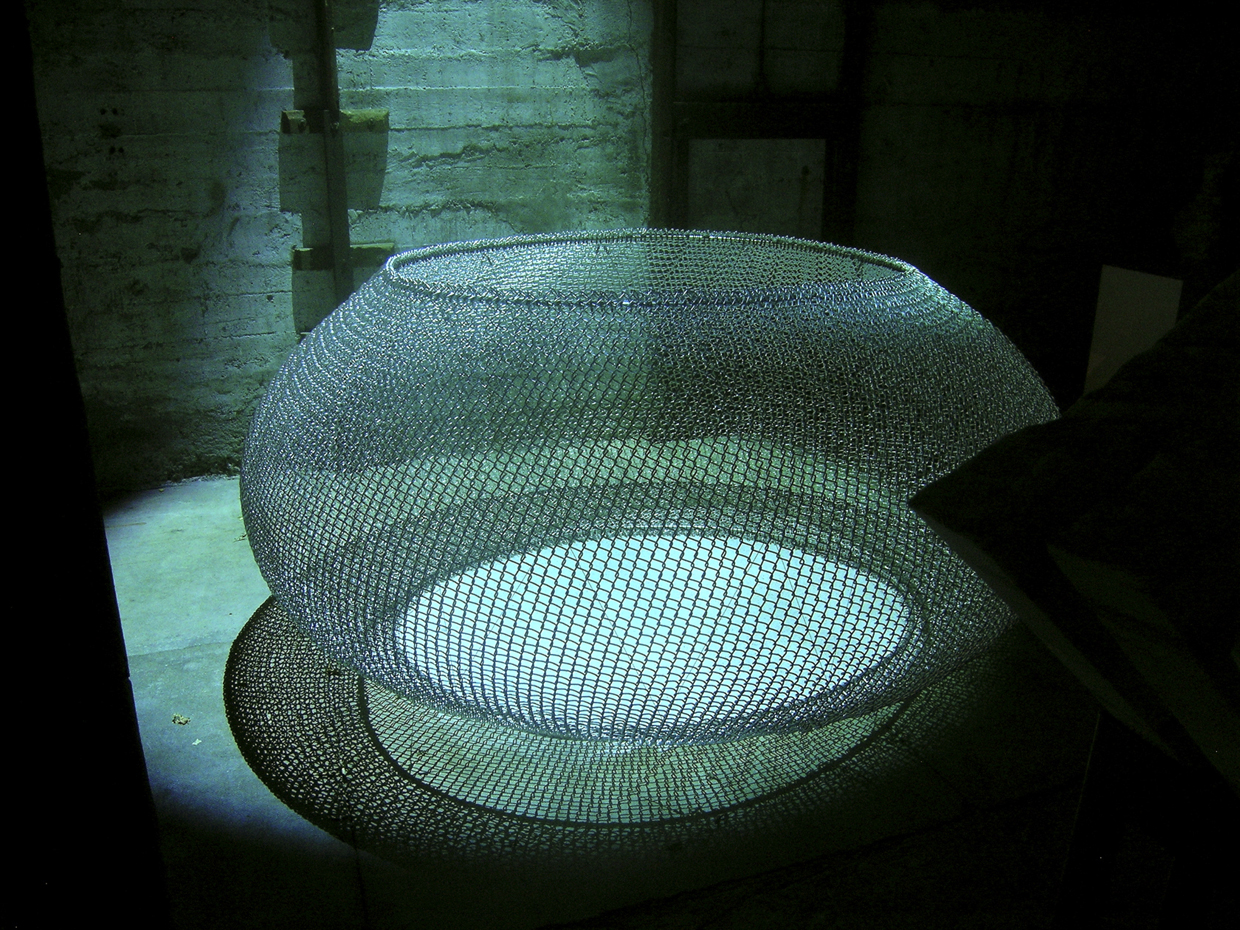

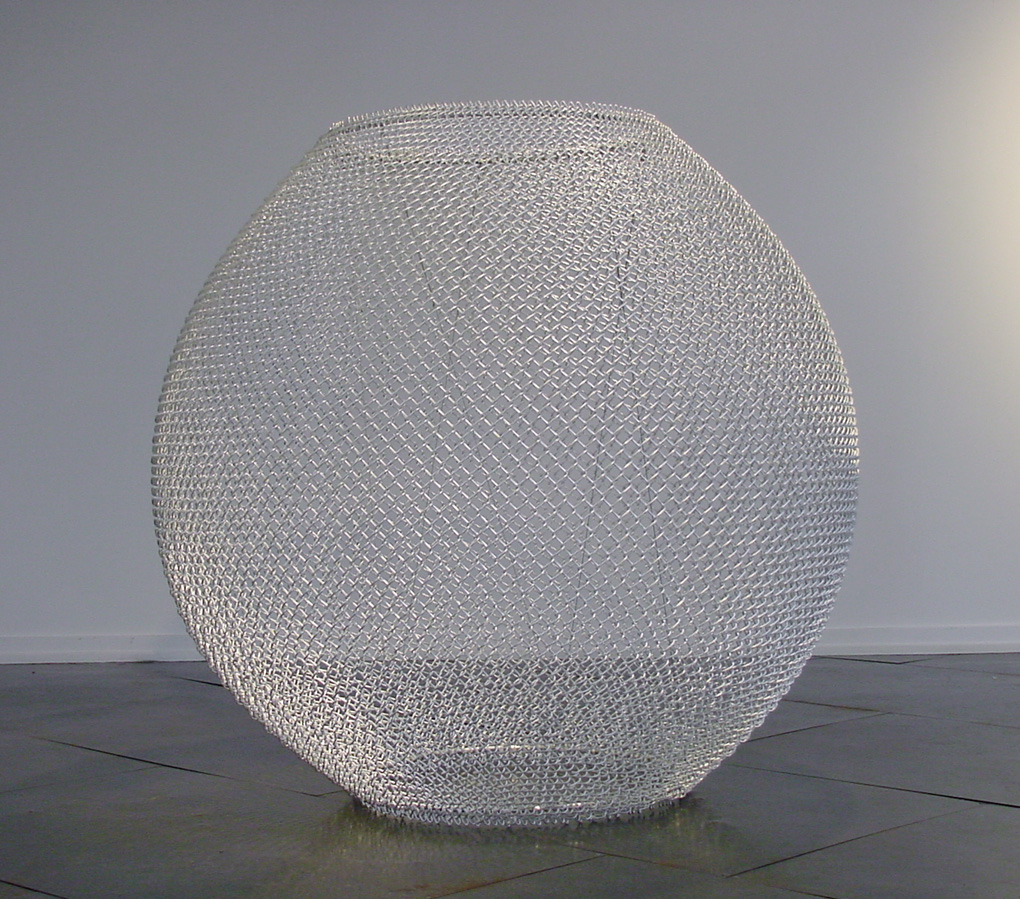
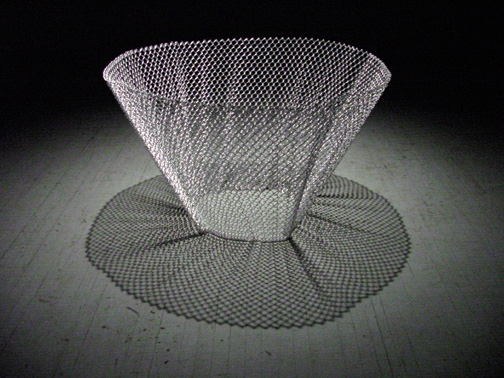
Quotations on Chain-link Sculptures
The New York Times, Dec. 16, 2007, Modern Twist to an Age-Old Idea;
“Other artists in the exhibition make more conventional-looking enclosures. Mr. Ruppert makes baskets out of galvanized steel and aluminum chain-link fencing. These are monumental works of assemblage art, the baskets sometimes more than 10 feet high and 12 feet wide. They are really more like cages than baskets, containing and visualizing for viewers a sense of empty space.
Mr. Ruppert writes in a statement in the exhibition catalog that the use of chain-link fencing was influenced by the urban environment of his studio; he is the chairman of the art department at the University of Maryland in College Park and lives in Baltimore. This connection hints at other kinds of meanings, specifically a darker, more dangerous world that pulses beneath the clean, shiny surface of the sculptures.” Benjamin Genocchio
The Baltimore Sun, June 1994, "Chain-link fencing is utilitarian ordinarily ugly, and it doesn’t carry the happiest of connotations. One thinks of keeping things penned such as vicious dogs.
What a pleasant surprise. then to walk into Maryland Art Place and find that John Ruppert has taken this material and made it into sculptures that are graceful, light in feeling and even suggestive of melodious movement.
This is a medium that no doubt has its limitations, but Ruppert has shown uncommon imagination both in using it in the first place and in ways in which he has used it." John Dorsey
The Chicago Reader, June 1996, "The ease with which Ruppert uses industrial materials can be seen in some of the pieces that aren’t cast. Three sculptures use chain-link fencing. But instead of emphasizing its linearity of using it to seal off spaces, he shapes it into curved forms that create a complex rhetoric between inside and out, Chamber is an elegant bulb open at the top, inviting a mind’s - eye passage through it; the lacy shadow it casts on the floor ties it to the surrounding space. For Ruppert, the fence pieces are about "grander forces of nature than you can really comprehend". Fred Camper